COVID-19: the challenge of a safe return to schools.
From preschool to primary, secondary and beyond, all school facilities have been impacted by the COVID-19. To provide the best possible conditions for returning, all schools must adapt to changing safety protocols.
This presents a major challenge on several levels. Reassureinge pupils, students, parents and teachers about returning to school. Finding the right tools to promote good adherence to safety measures and givinge regular reminders. Reducing the risk of cyberattacks despite the increasing use of online platforms to deliver lesson content. These challenges are analysed in this article.

Adopt best practice for a calm, trouble-free return to school.
The top priority is to preserve everyone’s safety. The school environment must continue to be a safe place, ensuring that peveryone coming on-site is well protected.
Although safety protocols may be different for each country, there are some best practice guidelines that we can all follow:
- Social distancing
- Adherence to coronavirus safety measures
- Limiting the intermingling of pupils
- Cleaning and disinfecting of premises and equipment
- Training and communicating
These measures should be applied with strict vigilance and regular reminders, particularly for hand washing (on arrival at school, before entering the classroom, before and after eating, and at the end of the day before going home).
“Learning through repetition”.
In these uncertain times, everybody is concerned: pupils, parents, teachers, staff and school visitors. The aim is to increase awareness and involve all stakeholders in promoting good habits and therefore minimising the risk of transmitting the virus. These new habits must become second nature and this can only be achieved by providing regular and clear messages. This is made possible using an audio system.

Safety: now a real consideration when choosing a school.
The safety factor is becoming an increasingly relevant consideration for students – and their parents – when choosing their future school. They are alert to the school’s ability (or inability) to protect them properly and, more specifically, the equipment used to guarantee their safety. Included in this equipment are audio and alert systems, highly effective for broadcasting clear and impactful messages. As well as the essential safety aspect, the reputation of a school is also a factor.
Safety and security also extends to your IT networks.
The digital transformation is spreading rapidly in various market sectors, and education is no exception. The widespread use of personal laptops for students, online platforms for remote learning, teamworking on shared digital tools and cloud software. These are just some of the new practices that harness the many advantages of the internet – but also expose its weaknesses: cybercriminals are increasingly targeting schools. Network security is not always guaranteed and yet is of primary importance. There are indeed a number of easy-to-install devices, such as time servers, that can be put in place to reduce cyberattacks.
What specific solutions are available to address these problems?
Schools have to review their organisation in order to integrate these new measures and to ensure a safe return for everybody.
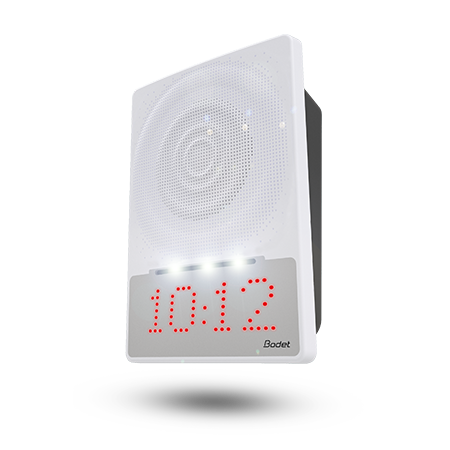

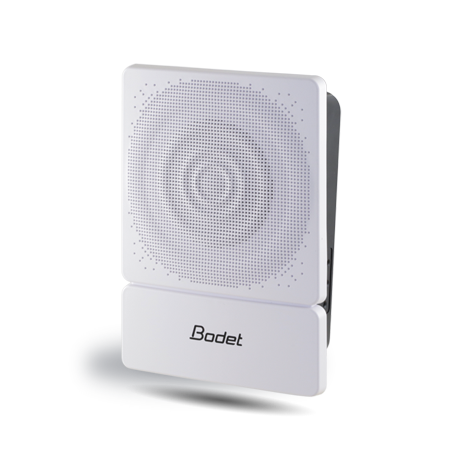
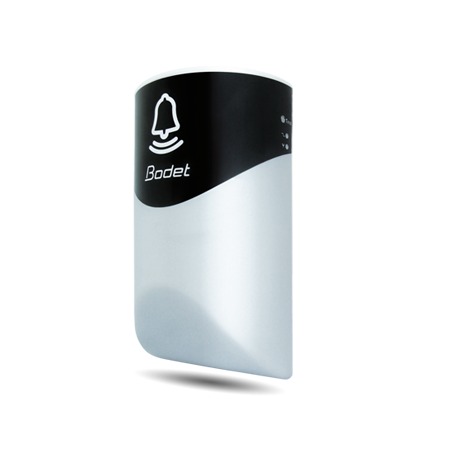
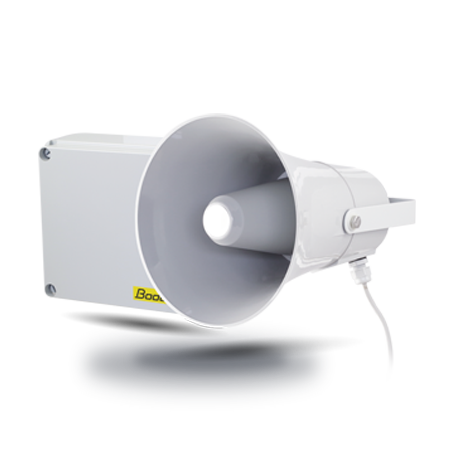
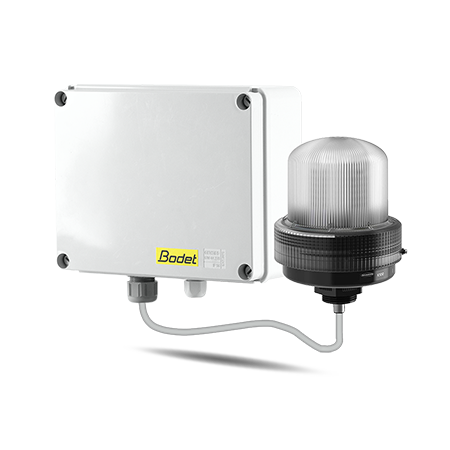
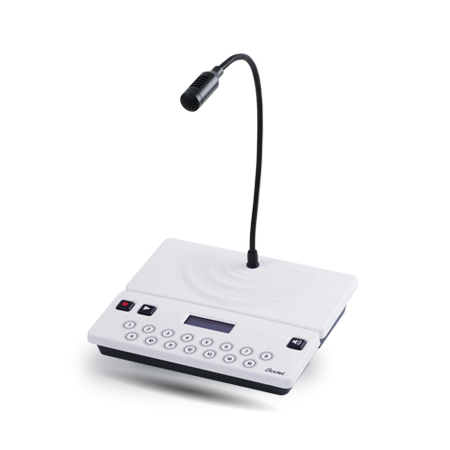
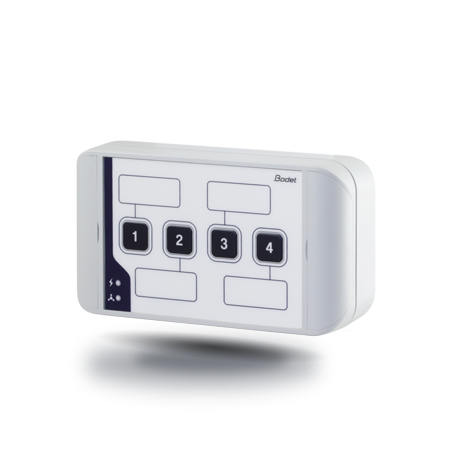
Increase awareness and set a pace with an audio system:
- Give reminders of coronavirus and safety measures to promote adherence
- Set the pace of the school day (break time bells, start and end of lessons) to control the volume of people in corridors
- An accurate clock in every classroom
- Provide information by broadcasting live or scheduled messages
- Ensure full coverage of broadcasts over your whole school

Support digitisation with an internal time server
- Enhance network security
- Reduce the risk of cyberattacks
- Secure time distribution
- Guarantee an accurate, reliable and identical time display
- Synchronise all devices across one or more networks
- Timestamp network events
Need some advice?
The team at Bodet Time are on hand to answer your questions and support you with your project.
